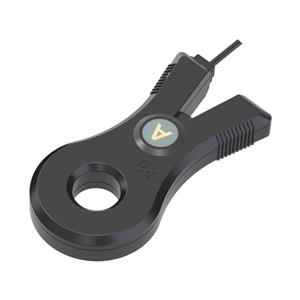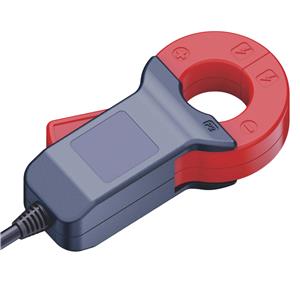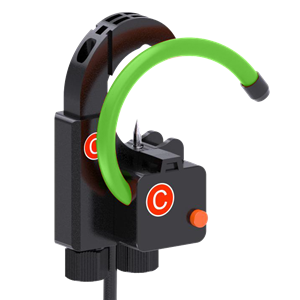Exploring the Effects of Frequency on the Behavior of Iron Core Inductors
Iron core inductors play a crucial role in electronic circuits, storing energy in the form of a magnetic field. Understanding the behavior of these inductors at different frequencies is essential for designing efficient and reliable electrical systems. This article aims to examine the influence of frequency on the behavior of iron core inductors, highlighting the key factors that affect their performance across different frequency ranges.
1. Inductance Variation:
One of the significant effects of frequency on iron core inductors is the variation in inductance. At low frequencies, the inductance remains relatively constant, and the iron core inductor behaves as expected based on its nominal inductance value. However, as the frequency increases, the inductance of the iron core inductor may decrease due to factors such as eddy current losses and magnetic core saturation. This phenomenon can have implications for the performance and stability of circuits operating at higher frequencies, emphasizing the need for careful consideration of inductance variation.
2. Core Losses:
Frequency also has a significant impact on the core losses of iron core inductors. At higher frequencies, the core material experiences increased eddy current and hysteresis losses, leading to a reduction in the overall efficiency of the inductor. These losses result in increased heat generation within the core material, which can affect the reliability and performance of the inductor. Designing iron core inductors for high-frequency applications requires careful consideration of core material properties and techniques to mitigate core losses.
3. Saturation Effects:
Another critical factor influenced by frequency is the saturation behavior of iron core inductors. As the frequency of the applied AC voltage increases, the magnetic domains within the core material may not have sufficient time to realign, leading to early saturation of the core. This can result in a rapid decrease in inductance and an increase in magnetic core losses, impacting the overall performance of the inductor and potentially causing distortion in the output waveform. Understanding the saturation behavior of iron core inductors across different frequency ranges is essential for predicting and mitigating potential performance issues.
4. Impedance and Resonant Frequency:
Frequency-dependent impedance and resonant frequency are also key aspects of the behavior of iron core inductors. The impedance of an inductor is directly influenced by the frequency of the applied signal, and understanding this relationship is crucial for circuit design and analysis. Additionally, iron core inductors exhibit resonance behavior at specific frequencies, which can be advantageous or detrimental based on the application. Careful consideration of the resonant frequency and its impact on circuit performance is essential for achieving optimal results in practical applications.
Conclusion:
In conclusion, the behavior of iron core inductors is significantly influenced by the frequency of the applied signal. Understanding the variation in inductance, core losses, saturation effects, impedance, and resonant frequency across different frequency ranges is essential for designing and utilizing iron core inductors effectively. Careful consideration of these factors is crucial for ensuring the stability, efficiency, and reliability of electrical systems in which iron core inductors are employed.
SEO Keywords: iron core inductors, frequency effects, inductance variation, core losses.




